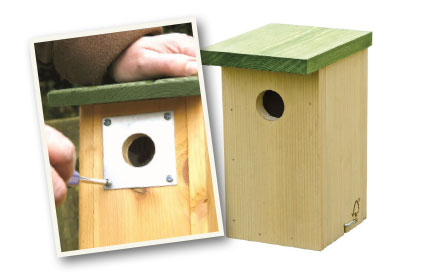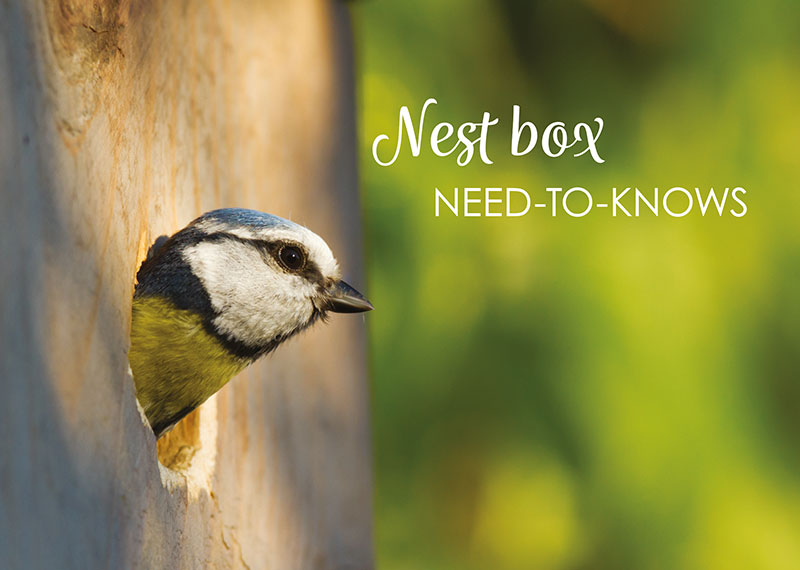Recent years have seen a worrying decline in the population of garden birds in the UK. Birds that were once a common sight in gardens up and down the country are now becoming less frequent visitors. In fact the RSPB have reported that the house sparrow population has reduced by 60 percent, while the figures for starlings, song thrushes and cuckoos are 71 percent, 56 percent and 33 percent, respectively.
According to UK Pet Food, 58 percent of people feed garden birds, spending up to £300 million on bird feeding products every year.
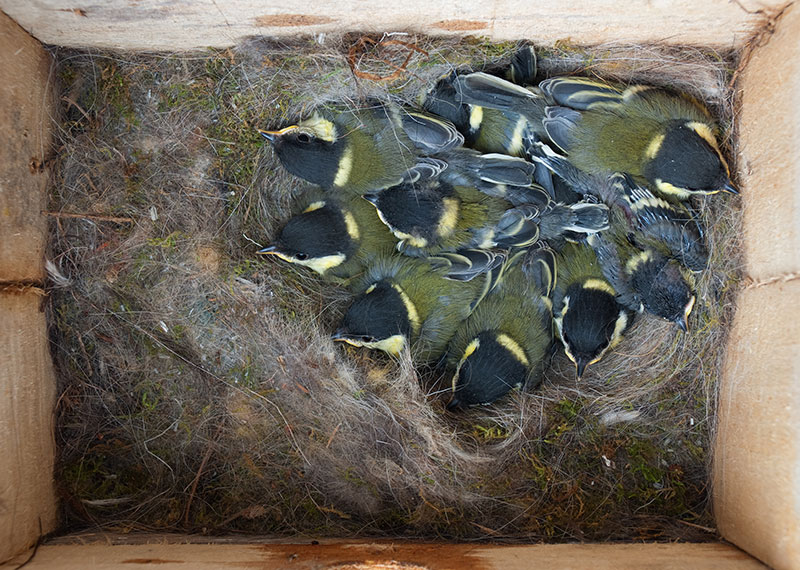
A host of factors are responsible for this decline. Changes in farming practices, global warming, modern buildings that lack nooks and crannies, and lots of neat and tidy gardens all contribute to a reduction in food availability and a decrease in suitable nesting sites.
The good news is that consumers are more environmentally conscious than ever before. According to UK Pet Food, 58 percent of people feed garden birds, spending up to £300 million on bird feeding products every year. As well as feeding these garden visitors, providing suitable nesting sites is a key part of reversing the decline in population numbers, and stocking a range of nest boxes will ensure that retailers can tap into this market.
What to stock
When it comes to nest boxes for garden birds, there are two main types – hole-fronted and open-fronted – and consumer preference for the type of birds that they would like to encourage will influence decision-making.
Hole-fronted boxes are suitable for tits and sparrows. Hole diameter is particularly important, as while smaller species will use a large hole, they will be more vulnerable to predation and there is a risk of larger species moving in and taking over the box. It is useful to refer to The British Trust for Ornithology (BTO) recommendations for hole size (Table 1).
Open-fronted boxes are suitable for species such as robins and spotted fly-catchers. Birds are more vulnerable to predation than those in hole-fronted boxes so they must be placed high enough to deter cats and protected by plenty of vegetation.
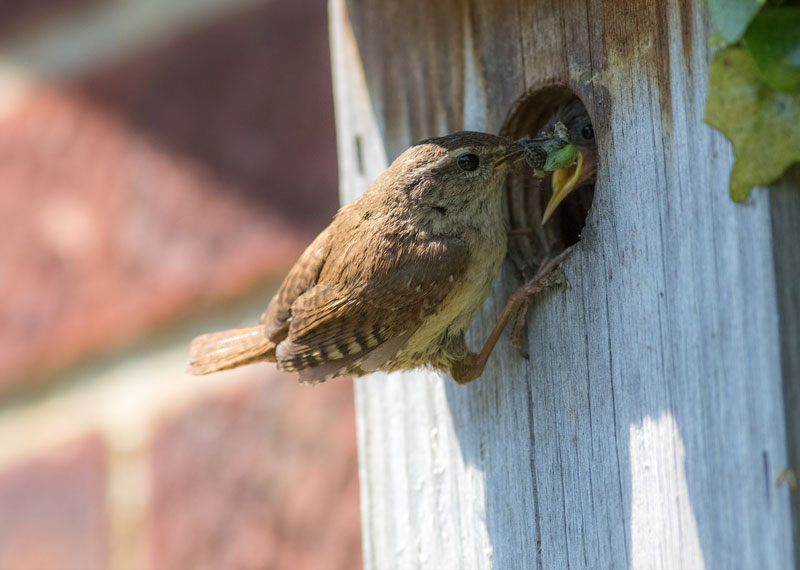
Winter warmth
Nest boxes should be constructed of an insulating material like wood. Ceramic or metal walls make the nest box cold in winter and too hot in the warmer summer months. A wall thickness of around 15 millimetres is ideal and while dimensions are not critical, a floor space of 130 square centimetres is sufficient.
Time is of the essence
Nest building and pairing-up is in full swing by the end of February, so it is important that nest boxes are up in good time. In reality many birds, juveniles in particular, start looking for suitable nesting sites from autumn onwards, and while it may be too late for this nesting season, the earlier that nest boxes are put up the better.
The more the merrier?
Some bird species, such as sparrows and starlings prefer to nest in colonies,
so having two to three nest boxes in a garden will suit these birds well. Others are more solitary in nature – blue tits for example are very territorial, so there would usually be only one pair per garden.
Nest box cleaning
Nest parasites like fleas and lice can have a significant impact on the survival of chicks, so after each breeding season, nest boxes should be cleaned out and the nest discarded. It is important to avoid disturbing occupied nests and particular care should be taken with birds like house sparrows that may have two or three broods a year.
Cleaning should take place between 1st September and 31st January as during this time, bird protection laws permit the removal of unhatched eggs. The failure of a few eggs to hatch is to be expected and many species have relatively large broods to allow for such losses.
Boiling water should be used to kill parasites rather than insecticides and the box should be left to dry thoroughly afterwards.
National nest box week
Why not create an in-store display to raise awareness of National Nest Box Week? This starts on February 14th every year, the day that birds are said to start their courtship. As well as including a range of nest boxes, bird food and other accessories such as feeders can be included. By encouraging customers to cater for the wild bird population, retailers can increase basket spend while also doing their bit for the environment.
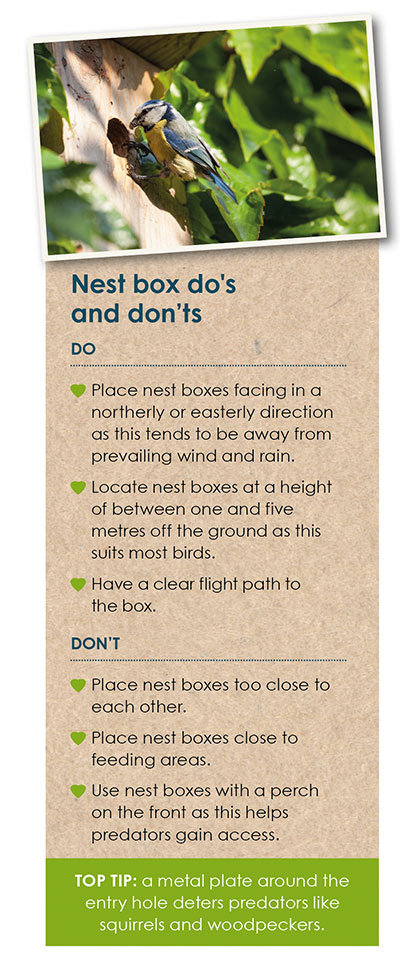
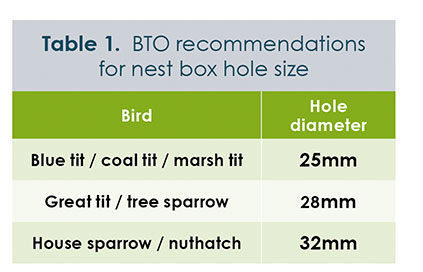
Nest parasites like fleas and lice can have a significant impact on the survival of chicks, so after each breeding season, nest boxes should be cleaned out and the nest discarded.
